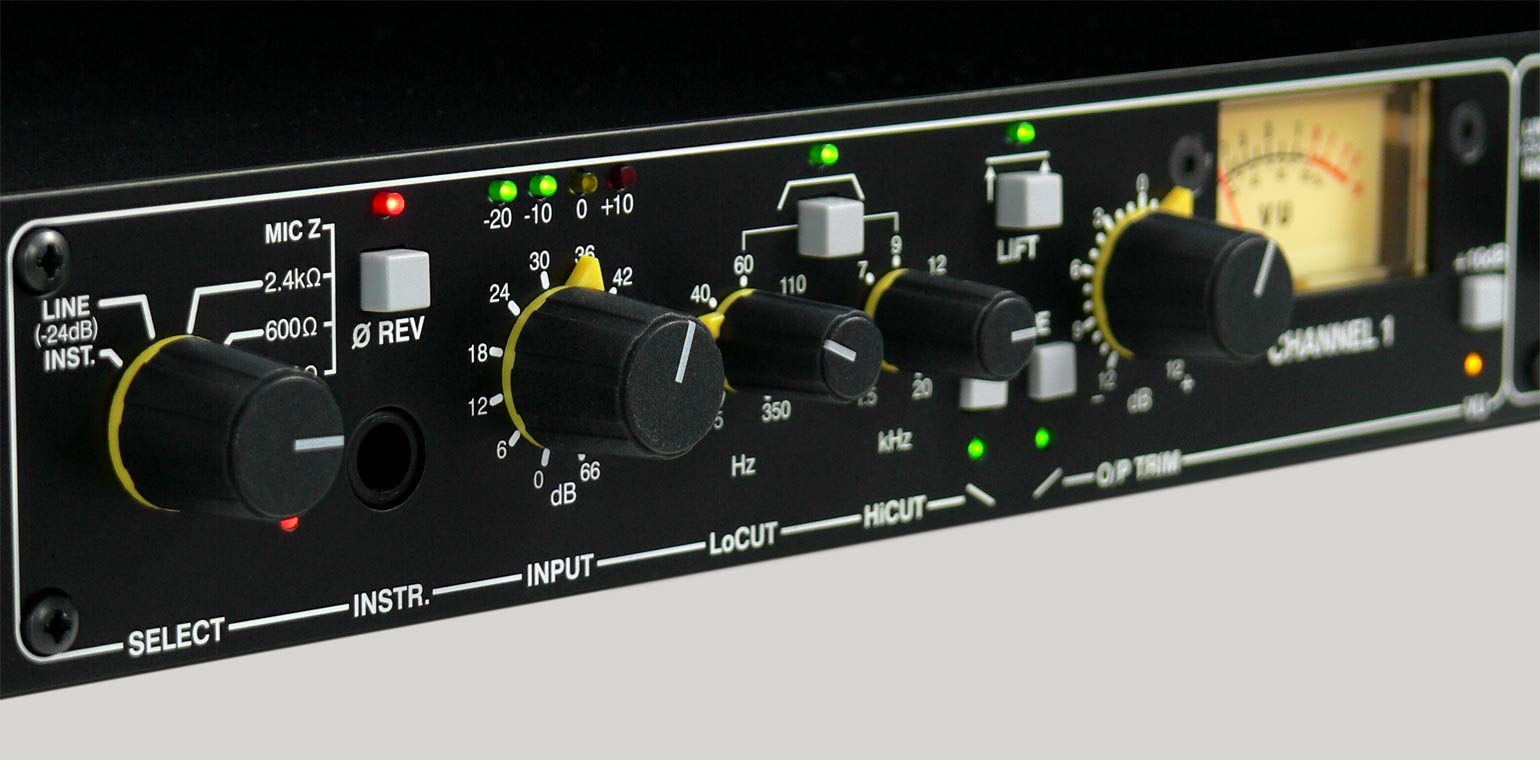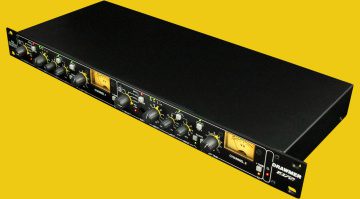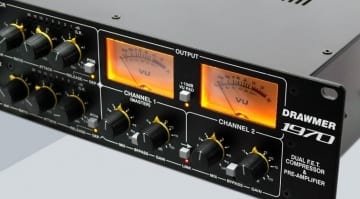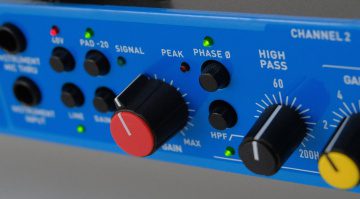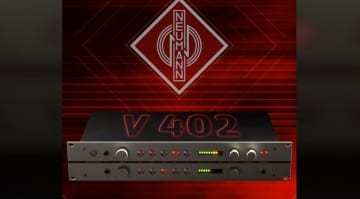Drawmer 1972: Dual-channel preamp with loads of good ideas
The new Drawmer 1972 dual-channel microphone and instrument preamp only takes up a single space in your rack. Yet it’s packed with plenty of connectivity and a bunch of interesting features that provide versatility for studio, broadcasting, and live sound applications. Let’s see what the Drawmer 1972 has to offer.
Drawmer 1972
In a single rack space, the Drawmer 1972 offers two identical analog channels. One look at the front panel leaves no doubt about it: This thing can do a lot more than just boost the levels of your microphones.
First, let’s look at the inputs, of which there are many. In addition to a 1/4” input for instrument-level signals on the front side, each channel offers an XLR microphone input and a 1/4”-XLR combo input for line-level sources on the back. Six-position rotary switches provide a wide range of input options. Besides instrument and line, the switches offer no less than four microphone positions for activating phantom power and choosing between three different impedances (200, 600, and 2400 Ohms). According to Drawmer, this is especially useful for impedance-matching passive ribbon microphones.
The gain knobs are stepped in 6 dB intervals for precise recall of previous settings. The Drawmer 1972 delivers up to 66 dB of gain. Each channel also has a 4-segment LED input level meter, as well as an output trim control (±12 dB) and a backlit VU meter.
Many useful extra features
But that’s not all, because the 1972 offers several useful extra features. In addition to a phase reverse button, each channel offers low and high cut filters with 12 dB slopes. While the low cut ranges from 15 Hz to 350 Hz, the high cut covers 1.5 to 20 kHz. This makes quick work of unwanted frequencies.
Now it gets really interesting: The Lift button activates an upward expander and boosts signals below -30 dB, until they reach 0 dB. Drawmer calls Lift “the ultimate, smooth automatic gain-riding tool” and claims that it helps to counter poor microphone techniques in studio, TV sound, and conference audio applications.
Last, but not least, the Shape feature is an “instant sonic fixer” that uses two separate tilt EQs centered at 500 Hz. Low Shape boosts 40 Hz by 2.5 dB, while attenuating 10 kHz by -2.5 dB. Hi Shape does the exact opposite. When both are engaged, this results in a “scoop” at 500 Hz, which helps to deal with harsh-sounding mixes, Drawmer claims.
All in all, the new Drawmer 1972 looks like a true workhorse that provides plenty of versatility for dealing with any recording situation.
Price and availability
The Drawmer 1972 is now available to order at Thomann* for €1199/£1039. Deliveries should begin within the next couple of weeks.


More information about the Drawmer 1972
* This post contains affiliate links and/or widgets. When you buy a product via our affiliate partner, we receive a small commission that helps support what we do. Don’t worry, you pay the same price. Thanks for your support!
 4,8 / 5,0 |
4,8 / 5,0 | 


